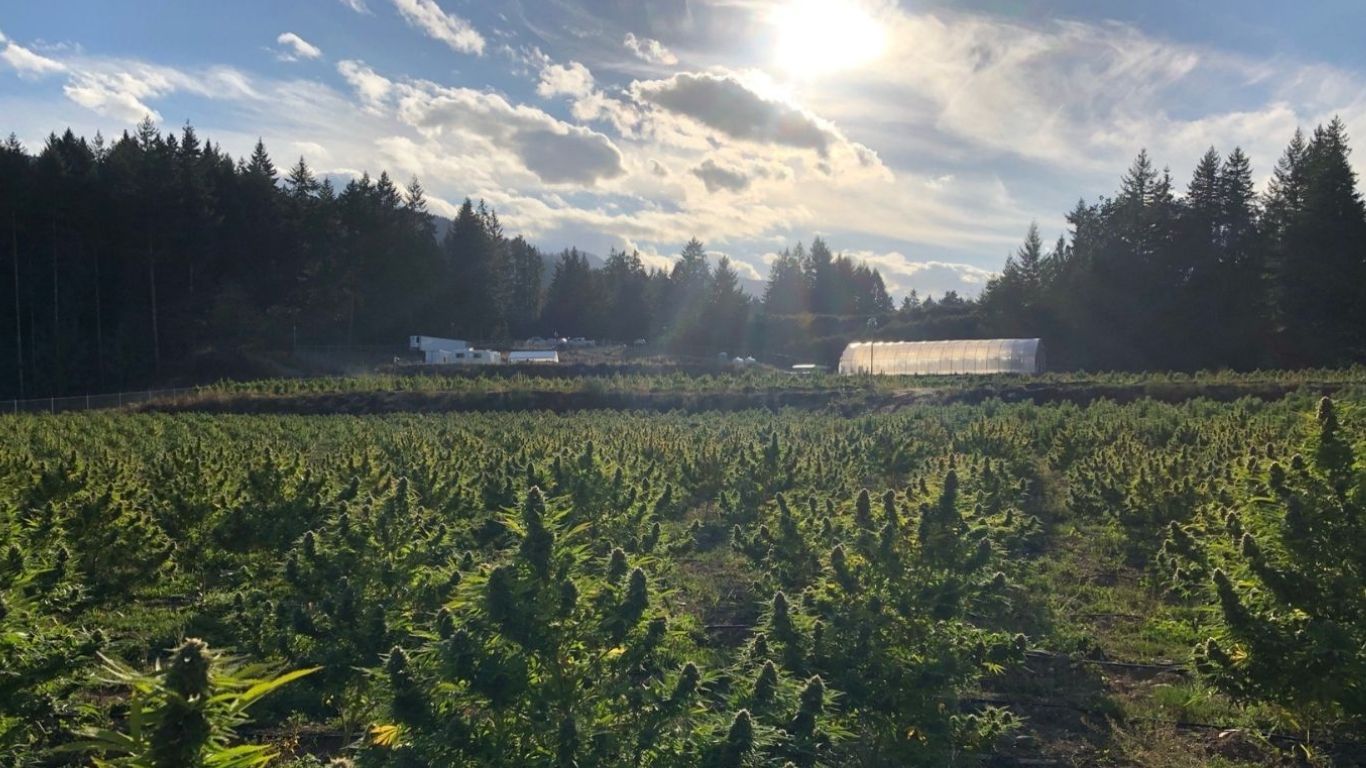
British Columbia’s direct delivery program, which allows certain BC-grown cannabis products to bypass the Liquor Distribution Branch’s (LDB’s) Richmond warehouse, is under scrutiny from industry observers.
In particular, there has been some discussion as to whether or not Alberta Gaming, Liquor & Cannabis (AGLC) should move forward with its own direct delivery program.
“AGLC continues to look to evolve our role in the marketplace as illustrated by our move to exit direct to consumer sales earlier this year,” an AGLC spokesperson told StratCann. “This evolution will continue over the coming months as we explore all avenues to grow the industry within Alberta. AGLC is always looking to evolve its role in the marketplace.”
Between the current number of LP licenses issued, the number still awaiting approval by Health Canada and the over-production by all Licensed Producers, the supply of cannabis is outstripping demand.
AGLC spokesperson
For proponents of direct delivery, that cautious comment could be cause for some optimism. Part of the critique of the present model is that it was designed for a time when the province felt it had a role to ensure fair distribution in case of uncertain supply.
“The current system now serves no purpose for retailers,” says Ryan Roch, the owner of Lake City Cannabis with locations in Calgary and Chestermere. “It did when we had product shortages – but we don’t have those shortages now, other than those created by the system itself.”
AGLC echoes Roch’s observation, which could be interpreted as an acknowledgment that some of the previous arguments against direct delivery no longer apply.
“Between the current number of LP licenses issued, the number still awaiting approval by Health Canada and the over-production by all Licensed Producers, the supply of cannabis is outstripping demand,” says the AGLC spokesperson. “It is having significant consequences on industry related to pricing, and the viability of participating industry stakeholders.”
In Alberta at present, AGLC operates a centralized warehousing system. If it were to move to direct delivery, it would likely assess other models. In the case of British Columbia, only BC-based cultivators that produce up to 3,000 kilograms a year qualify. That simplifies matters, but can also result in some grumbling from larger LPs, and LPs in other provinces.
Or Alberta could follow the more open example of Saskatchewan and Manitoba, where governments don’t warehouse cannabis, and out-of-province LPs have access to sell directly to retailers or private distributors.
“I would be okay with a private distribution and warehousing system in Alberta,” says Roch. “The concern is that one company could buy up all the cannabis, but at present, there is more than we need. It also doesn’t have the shelf life of alcohol.”
The ability for retailers to offer online sales in Alberta is a great thing, but the one area for improvement is a consistent standard of age-gating across Canada, which needs to come from Health Canada.
Amber Craig, FOUR20
Alberta could model direct delivery more closely to its liquor model, wherein AGLC subcontracts to a private company, Connect Logistics Services Inc., which warehouses and distributes spirits, wine, coolers and imported beer.
The challenge with a centralized system, even if privatized, is that it can also present a single point of failure. We have seen disruptions due to labour action in BC, and with the recent cyberattack on the OCS’s third-party operated distribution centre, Domain Logistics.
Instead, it might be best to work with a hybridized system, in which the provincial government allows for multiple private warehousing and direct delivery options, while possibly still maintaining a presence of its own.
“A lot of growers – especially small growers – would see great benefit from direct delivery,” says Roch. “It makes it easier for them to release products faster. For a producer, they wouldn’t have to wait for AGLC to cut a purchase order, then get listed, then ship out. These things now take weeks, when they could take days. Unfortunately, we are dealing with government inertia, given that there really is no argument against it.”
The current model not only lacks flexibility but also doesn’t scale well. Direct delivery in Alberta could feasibly move more product by leveraging a consignment model, which is already used for liquor.
“We already know that the consignment model works fantastically for liquor in Alberta,” says Roch. “It makes a lot of money for the government. Really, it’s a no-brainer to migrate in that direction.”
Learning from past mistakes
Last March Alberta shifted online sales of cannabis from the provincial online store to online retailers. The process, however, has had its fair share of glitches, mostly related to appropriate age-gating and age verification measures, which may have dampened enthusiasm to move quickly with another big shift in the distribution model.
“The ability for retailers to offer online sales in Alberta is a great thing, but the one area for improvement is a consistent standard of age-gating across Canada, which needs to come from Health Canada,” says Amber Craig, Chief Merchandising Officer at FOUR20, an Alberta-based cannabis retailer with 32 operating locations. “Each province is interpreting the Cannabis Act in their own way, which is leading to differing standards in each province.”
However, within Alberta’s present distribution model, which serves 765 licensed retailers, 249 of which are operating online, AGLC appears to have been working hard to ensure that product gets into the hands of retailers and their customers.
“From our perspective, fulfillment rates have been quite high,” says Craig. “We are seeing a lot of innovation coming through the order form each week.”
The lessons learned from the rollout of online sales could apply to direct delivery, particularly in the context of engagement with individual retailers.
“The biggest lesson [from the rollout of online sales] has been the importance of working closely with retailers to help them meet the requirements,” says the AGLC spokesperson. “We continue to work with them to ensure compliance is maintained.”
While those points are well-taken, the biggest argument for the shift to private online sales, as well as to direct delivery, is to limit government involvement and to expand private sector opportunities. The government will always have a regulatory role, and changes can be problematic; however, even with bumps in the road, they can be welcome.
“We don’t need the AGLC to be our gatekeepers to determine what we bring to market,” says Roch. “A poor product will lose, and a good product will win. Direct distribution is a model that works best for retailers, growers, and consumers alike.”











